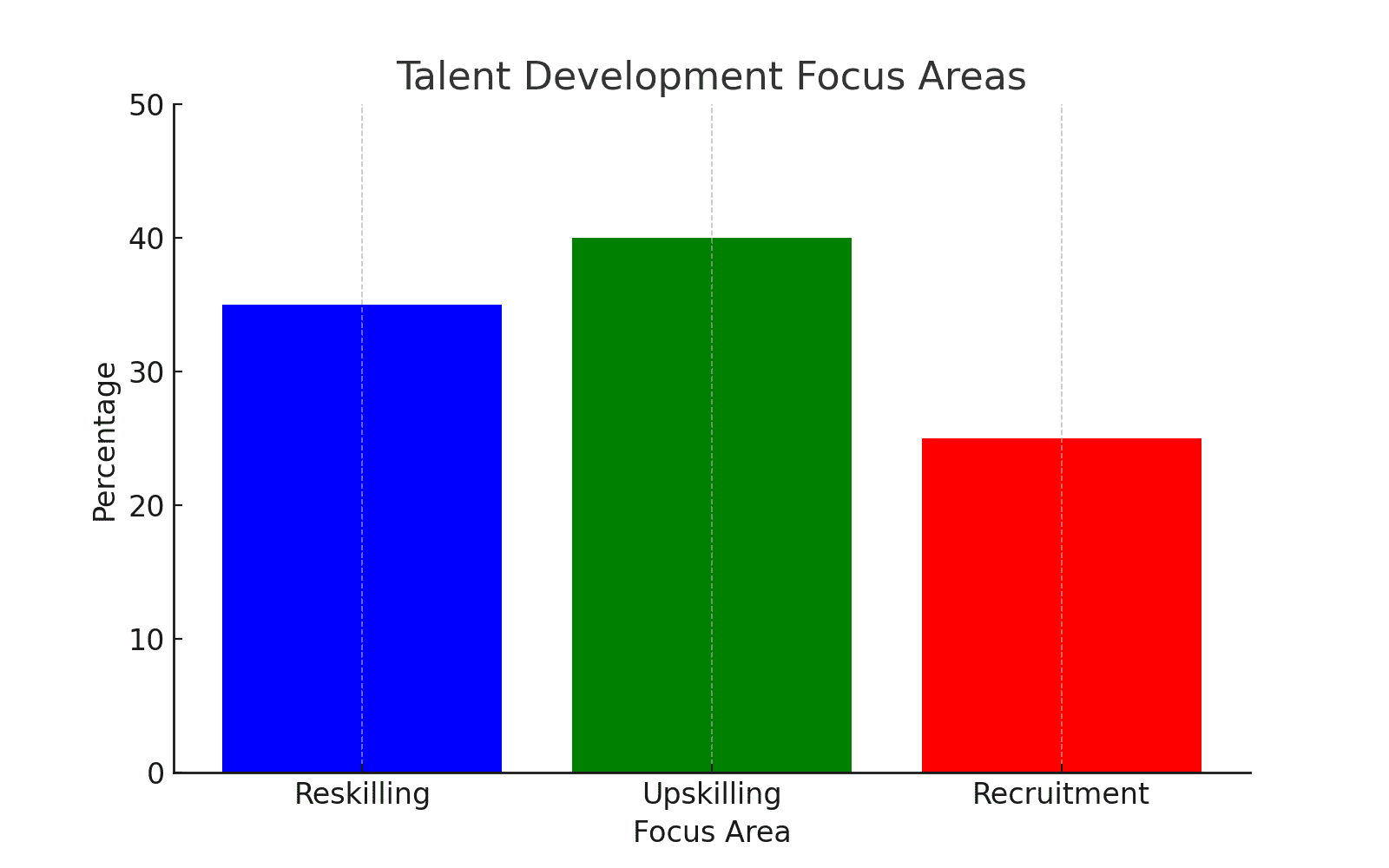The Future of Global Business Services in 2024: Key Challenges and Strategic Priorities
As we step into 2024, the landscape for Global Business Services (GBS) continues to evolve. Amid economic uncertainties and technological advancements, GBS organizations face new challenges and opportunities. According to The Hackett Group's 2024 Key Issues Study, several priorities have emerged for GBS leaders as they navigate this dynamic environment.
Economic Outlook and Challenges
Entering 2024, the global economic climate remains uncertain, with potential stagnation or slowdown in growth. GBS leaders are particularly concerned about the impact of high interest rates and the looming threat of recession. Nearly half of the executives anticipate persistent labor and skill shortages, which continue to be a significant hurdle.
Margin improvement and cost efficiency are paramount. Companies are focusing on process optimization, automation, and consolidating services to shared centers. With economic pressures, some businesses may delay projects to safeguard financial stability.
Embracing Technology
Despite financial constraints, technology investment remains a priority. The potential of generative AI is becoming increasingly apparent, with mid-level enterprise funding for AI expected to grow. Sixteen percent of executives identify AI-driven business transformation as a key focus.
GBS teams must adapt by understanding AI's organizational impact, enhancing data governance, and preparing to leverage AI effectively. This technological shift demands a reassessment of processes and infrastructure.
2024 GBS Priorities
The 2024 Key Issues Study outlines critical objectives for GBS organizations:
Act as a Strategic Partner: GBS aims to strengthen its role as a strategic ally to the business, focusing on value creation through insights and data-driven decisions. Overcoming organizational resistance to change is vital to achieving this goal.
Retain Critical Skills: With skills and talent ranking high on the priority list, addressing employee turnover and talent acquisition is crucial. GBS organizations must invest in training and reskilling to maintain a competitive edge.
Support Enterprise Growth: As businesses brace for potential economic downturns, GBS can drive growth by optimizing working capital, improving procurement, and enhancing customer retention strategies.
Deliver Digital Transformation: Technology remains central to GBS operations. Increasing investment in digital tools, especially cloud-based ERP solutions, is essential for agility and efficiency.
Improve Customer Experience: Elevating the GBS customer experience through enhanced service delivery and responsiveness is key to maintaining business stakeholder satisfaction.
Navigating the Productivity and Efficiency Gap
GBS organizations face an increasing workload, predicted to rise by 10% in 2024. However, staffing and budget growth will lag, creating a productivity gap. To bridge this gap, GBS must rely on technology enablement, with a notable increase in technology spending anticipated.
Outsourcing and offshoring will play a critical role in managing workload efficiently. Labor arbitrage continues to be a core strategy for cost optimization.
Overcoming Strategic Risks
Key risks identified for 2024 include employee turnover, cybersecurity threats, and challenges in digital transformation. Addressing these risks involves strategic planning, investment in change management, and robust cybersecurity measures.
Conclusion
The journey ahead for GBS organizations in 2024 is one of transformation and adaptation. By focusing on strategic partnerships, talent retention, and technological advancements, GBS can not only overcome challenges but also drive significant value for enterprises. As economic conditions fluctuate, the ability to pivot and innovate will define success in the evolving GBS landscape.



